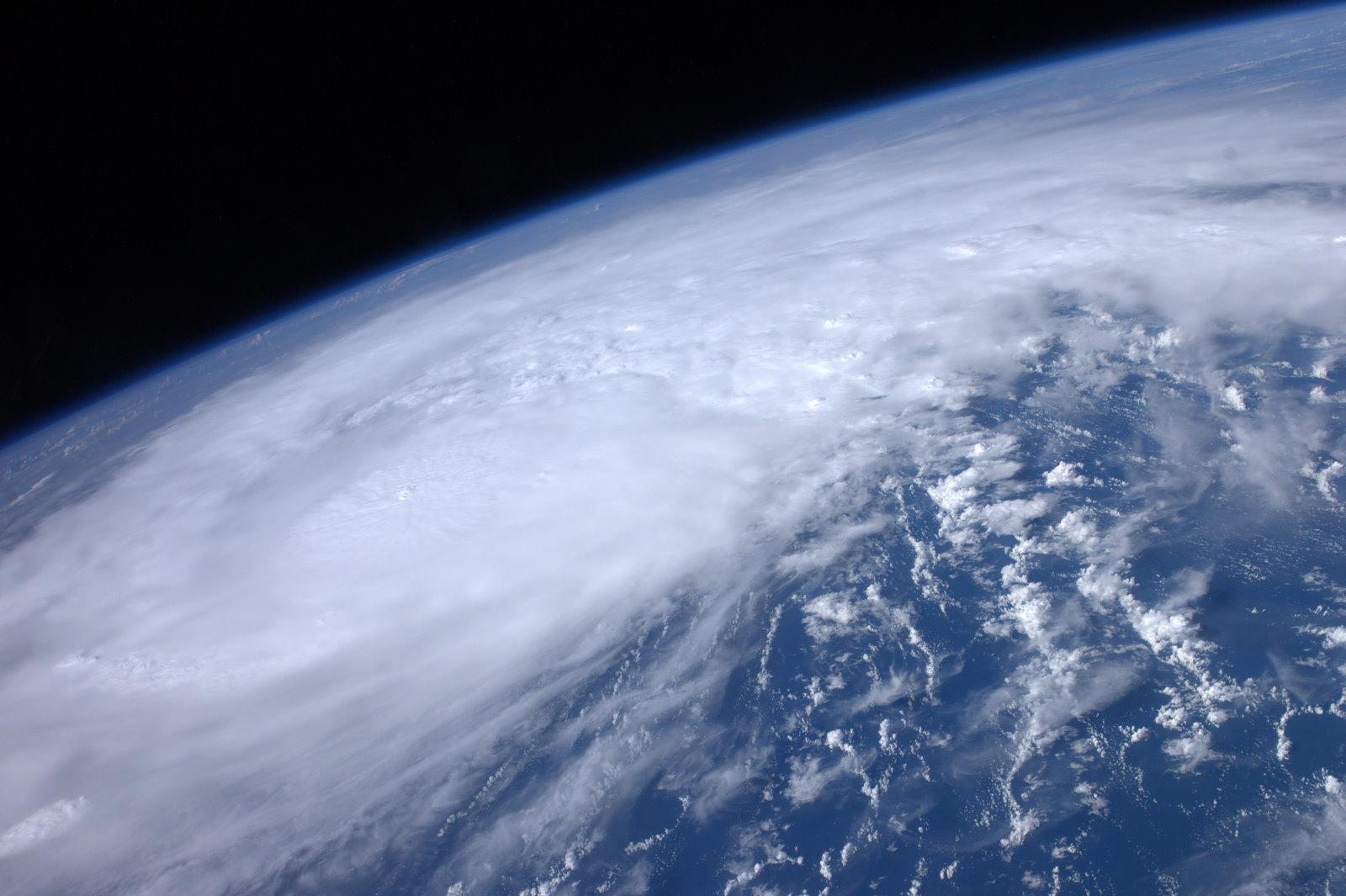Table of Contents
- Hurricane.
- The Eye Of A Hurricane.
- Tropical Storm.
- Tropical Depressions.
- How To Prepare For A Hurricane.
- What to do During a Power Supply Interruption.
- What to do During a Water Supply Interruption.
- When to Look Out for Hurricanes.

Hurricane
A hurricane is defined as a storm of the type tropical cyclone equipped with strong wind and usually heavy rain with sustained wind speeds that are at least 74 mph (64 knots). [Source: Page 2 of this PDF]
Sustained wind speeds are continuous. Try not to confuse this with wind gusts which are only temporary and often exceed the storm’s sustained wind speeds. Hurricanes normally have an obvious eye which is circled in the photograph below.
1 mph = 0.868976242 knots (often referred to as kt)
1 knot = 1.15077945 mph
74 mph x 0.868976242 knots = 63.8 (rounded to 64) knots.
64 knots x 1.15077945 mph = 73.674 (rounded to 74) mph.

The Eye Of A Hurricane – What’s So Special About It?
The eye of a hurricane is a calm area in which you may experience little to no wind or rain. It can range from 8 km (5 miles) to 193 km (120 miles) in diameter (most of them are 32 to 64 km, or 20 to 40 miles). This has actually fooled unaware people into thinking it is safe to step outside. Please stay inside until your local weather authority tells you otherwise. The eyewall on the other hand, is…the wall of the eye, and it consists of very strong winds (compared to the rest of the hurricane).
Tropical Storms
These are also tropical cyclones. However, they are weaker than hurricanes. These are named (such as Irene for example) when their sustained wind speeds attain at least 39 mph (34 knots).
Tropical Depressions
These are storms that do not have a clearly defined eye unlike hurricane Isabel did in the photograph above. These storms are not named but numbered (for example: Tropical Depression Sixteen) and they are only tropical depressions if their wind speeds are no more than 38 mph (33 knots).
Preparation
Hurricanes often cause power and water supply disruptions which can be either a nuisance for a typical resident or a serious problem for an organization such as a hospital. Hospitals utilize backup generators to address power supply interruptions.
What To Do During A Power Outage
I won’t just tell you to purchase a backup generator because one solution does not fit all, and they are expensive.
- If you use an electric stove, that’s good. However, it is good to keep a small gas cooktop with a small cylinder of LPG handy.
- Kerosene lamps are a cheap way to somewhat illuminate your home so that you can at least see where you are going. However, you’re better off with a battery-powered lantern which is much brighter and safe to keep very close to whatever you may be working on if you need a good quality light. Kerosene lamps are a major fire hazard and should be kept away from anything that they could ignite.
The colour temperature (warm white) of kerosene lamps is very poor where visibility is concerned, but is aesthetically pleasing to many. Always check your batteries long before any storm arrives. Too many people rush to buy backup batteries for outages and they may be sold out by the time you get to the store.
What To Do During A Water Outage
- A water tank is a convenient way to store water because it is connected to your water distribution network so you can enjoy the usual supply of water through all of your faucets. The size of the tank you need is dependent on how long it usually takes to restore your water supply. To be safe, I normally recommend purchasing the largest tank that you can. Larger tanks supply you with water for a longer time.
They are filled with water from your utility company and it is released or even pumped into your pipes when that supply is interrupted. If the water supply interruption outlasts your tank supply, then…
- Keep large drums/barrels to store water in and little bottles for hand washing. Orange juice bottles are convenient.
When To Look Out For Hurricanes
The Atlantic hurricane season starts on June 1 and ends on November 30. The Eastern Pacific hurricane season begins on May 15 and ends November 30 as does the Atlantic Hurricane Season. [Source – Scroll to bottom]
By far, August and September are the busiest times of the Atlantic Hurricane Season. The average number of tropical storms that occur in August is 2.2 and September it is 3.4. The average number of hurricanes in August is 1.4 and in September it is 2.4. [Source]




